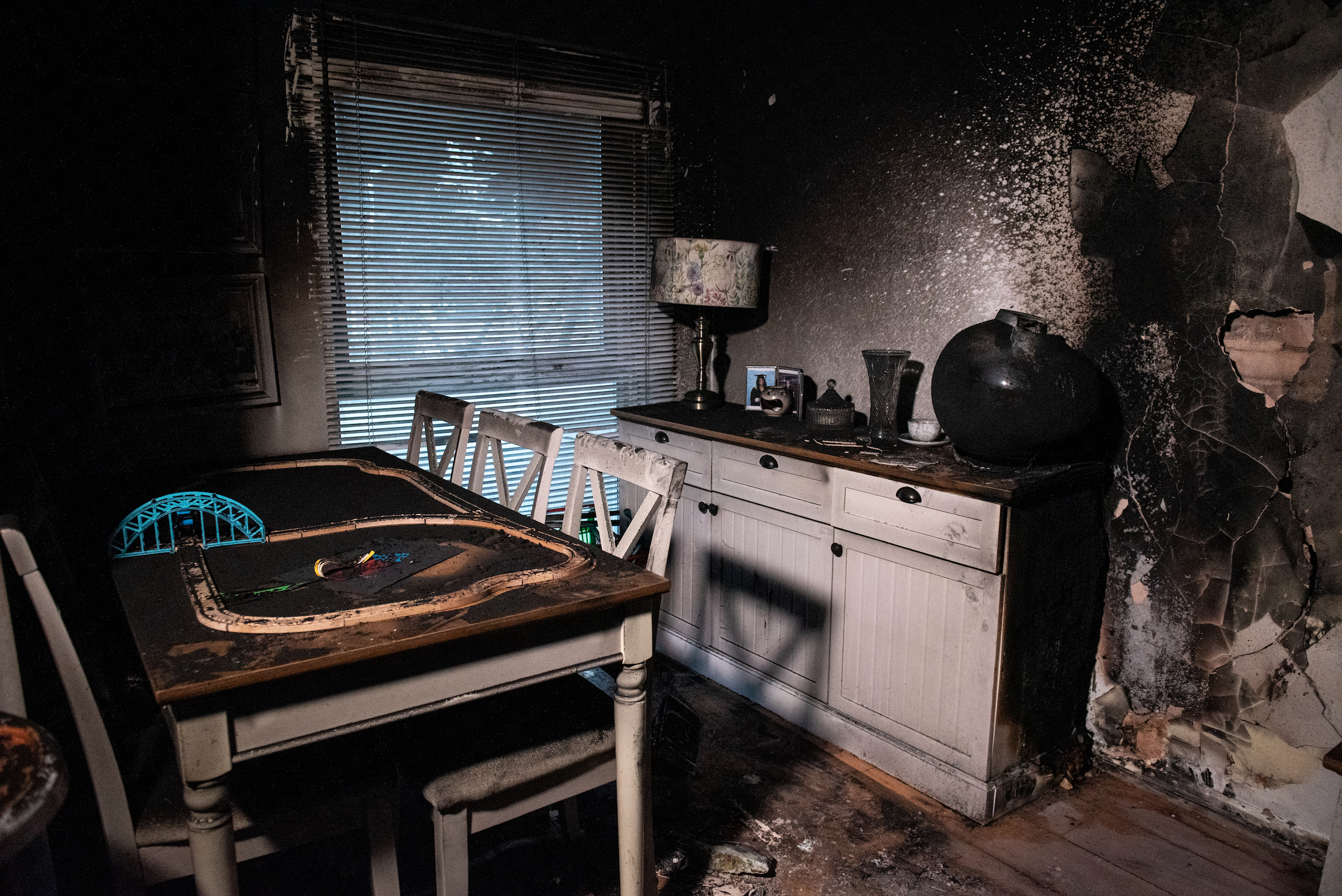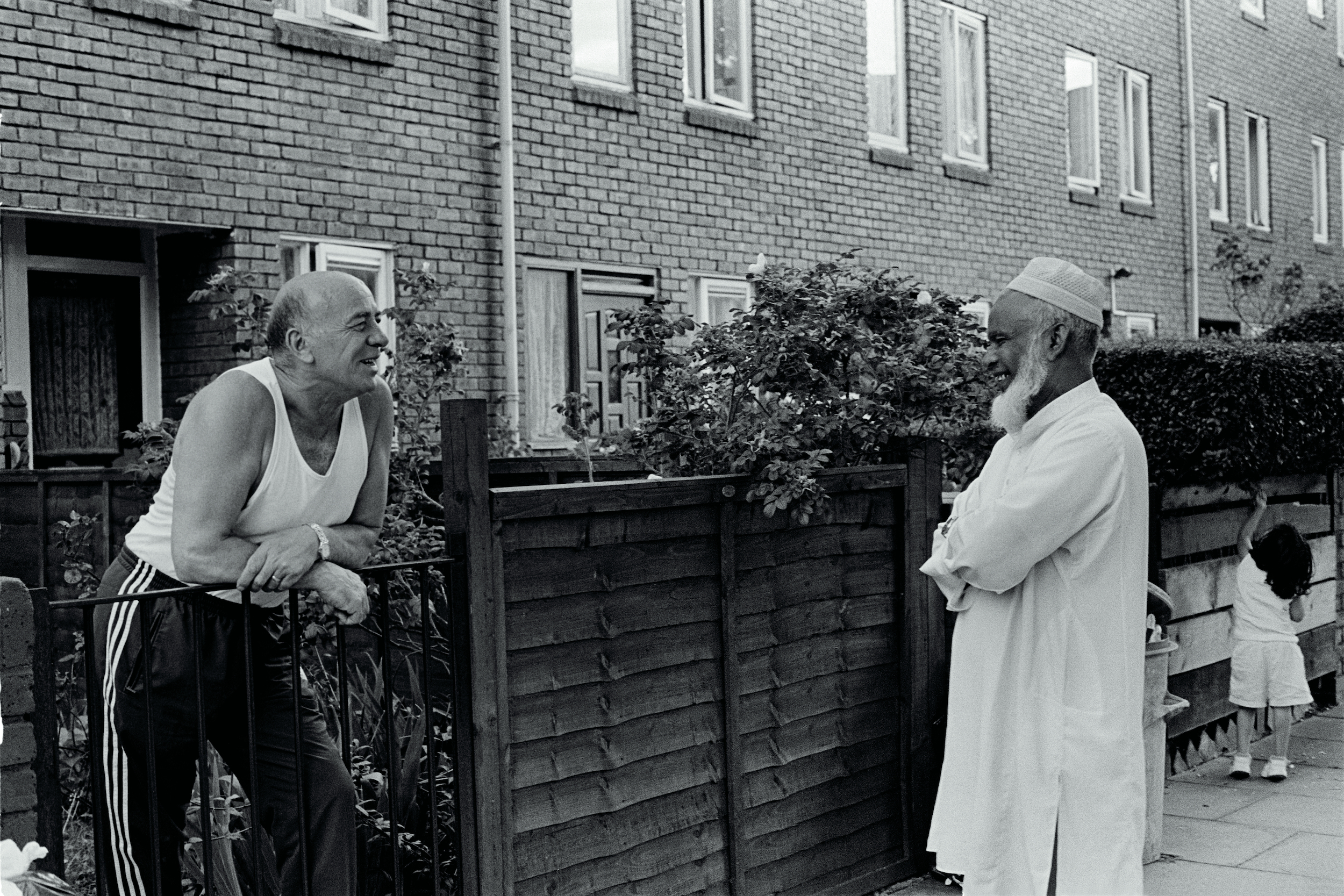East End of Islam © Rehan Jamil
Bringing together the work of five artists, a new exhibition explores difficult topics as tools for healing and connection
“Death and grief are often faced without hesitation in the arts, yet for some reason, they are still not freely discussed in society…We do not come with an expiration date. Are you prepared for death?”
So asks Philippa James, a Taylor Wessing-nominated image-maker whose practice is concerned with feminism and the experiences of girlhood, in her series Unqualified. Across five portraits of young women – one presented traditionally and four via slide viewer – James explores the trauma she experienced following her father’s death, and how unprepared she felt to deal with the loss. A portrait of a young girl at the wheel of a car acts as a metaphor – the regression to childhood felt acutely at the death of a parent.
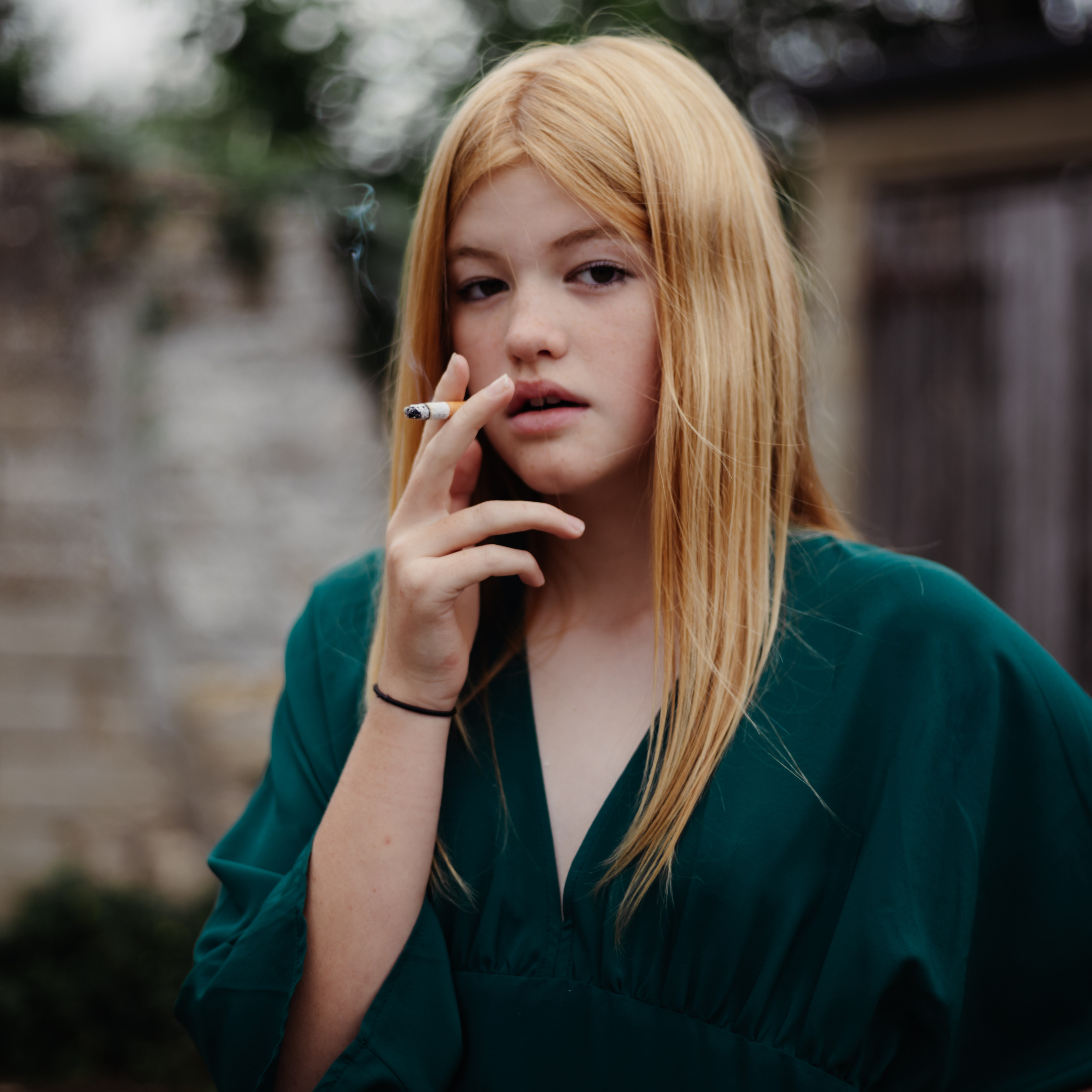
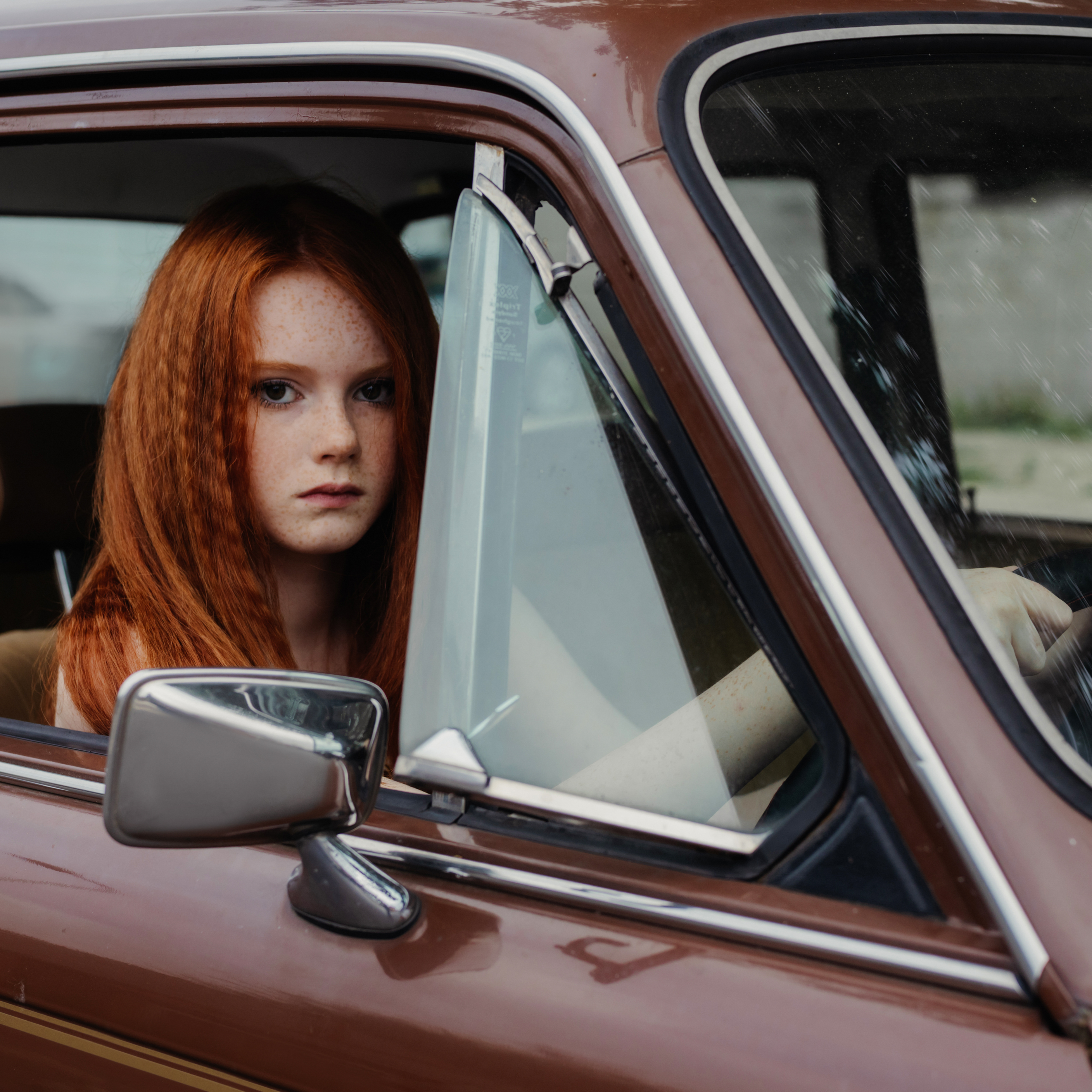
“How is value replaced? How is memory preserved? How is loss accepted?”
James’ series is one of five currently on show as part of About Then, a new exhibition at Stephen Lawrence Gallery, London. Also featuring the work of socially engaged artists Anselm Ebulue, Shaista Chishty, Rehan Jamil and Seema Khalique, the show asks the viewer to reflect on the transformative effect of grief, but also the responsive power of community and faith.
The concept of community is felt most keenly in the works of Ebulue, whose series Whims of the Rye explores the photographer’s personal connection to Peckham in South East London, where he was raised. Portraits of local people and landmarks – in which Ebulue’s emotional connection to the area is palpable – also return themes of grief as the photographer mourns the traditions of a community increasingly lost to gentrification.
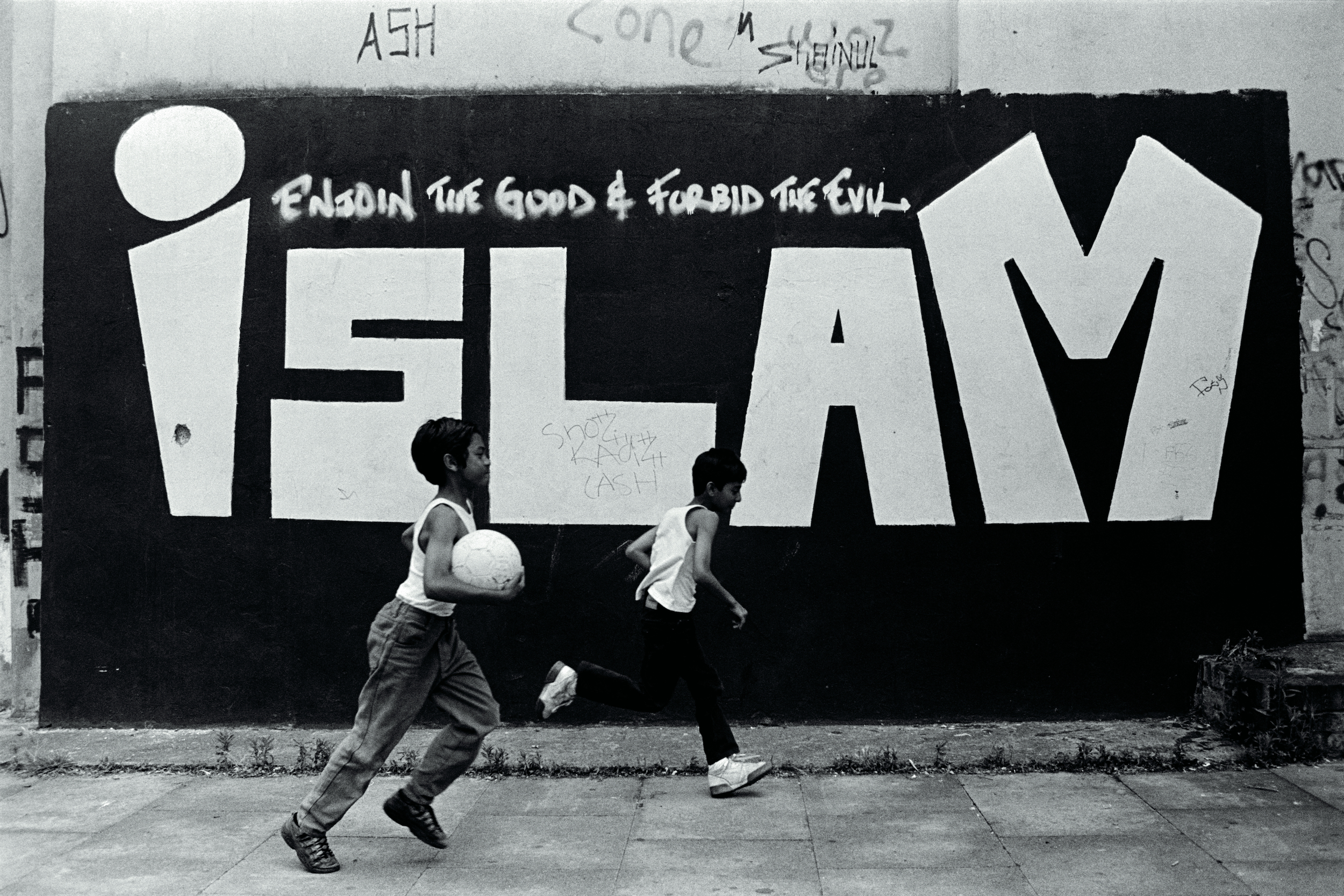
Jamil’s The East End of Islam traces a similar path, again following a community experiencing complex changes. Created between 1997 and 2007, when the photographer was given unprecedented access to the East London Mosque, the black-and-white images offer insight into the lives of East London’s Muslim community. Taken in a traditional documentary style, joyful moments of prayer and play offer an important alternative to Islamophobic stereotypes.
The desire to combat racial prejudice also appears in the work of Chishty, whose series Moving beyond hate: experiments in recycling, takes a mixed media approach to transformation. “Having spent years studying Islamophobia and how it manifests in our everyday, I have accumulated a collection of books abundant in anti-Muslim rhetoric,” the artist writes. “I’m no longer prepared to expose myself to hateful words, yet I still hold the belief that books are sacred objects to be treasured.” In exploring this dilemma, Chishty presses flowers into the torn pages of anti-Muslim texts, metaphorically transforming hate into hope.
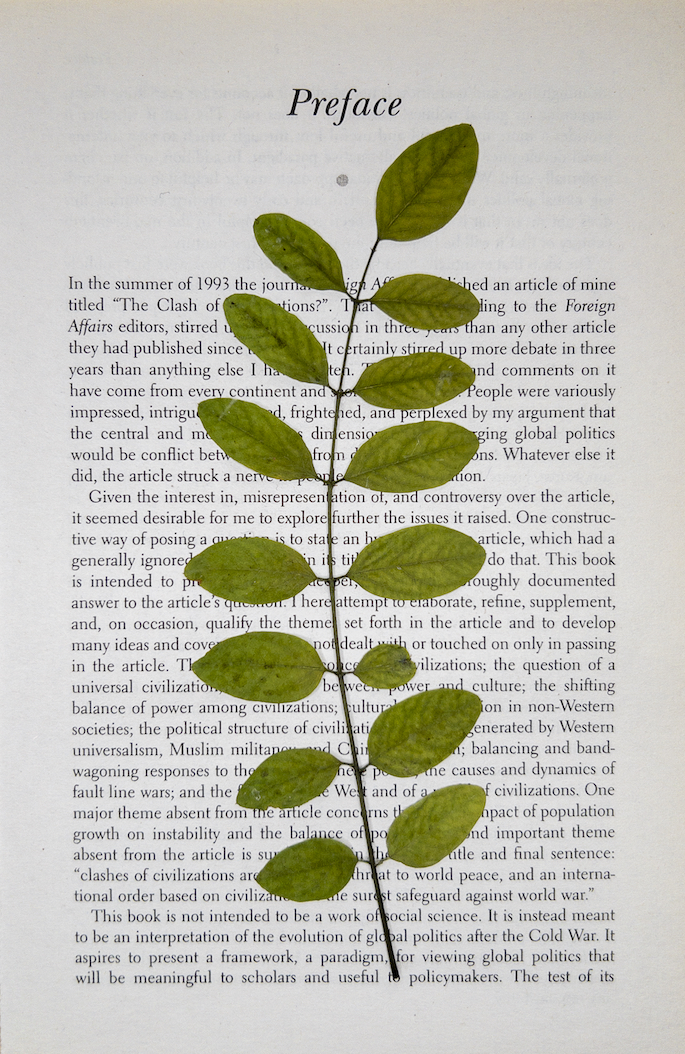
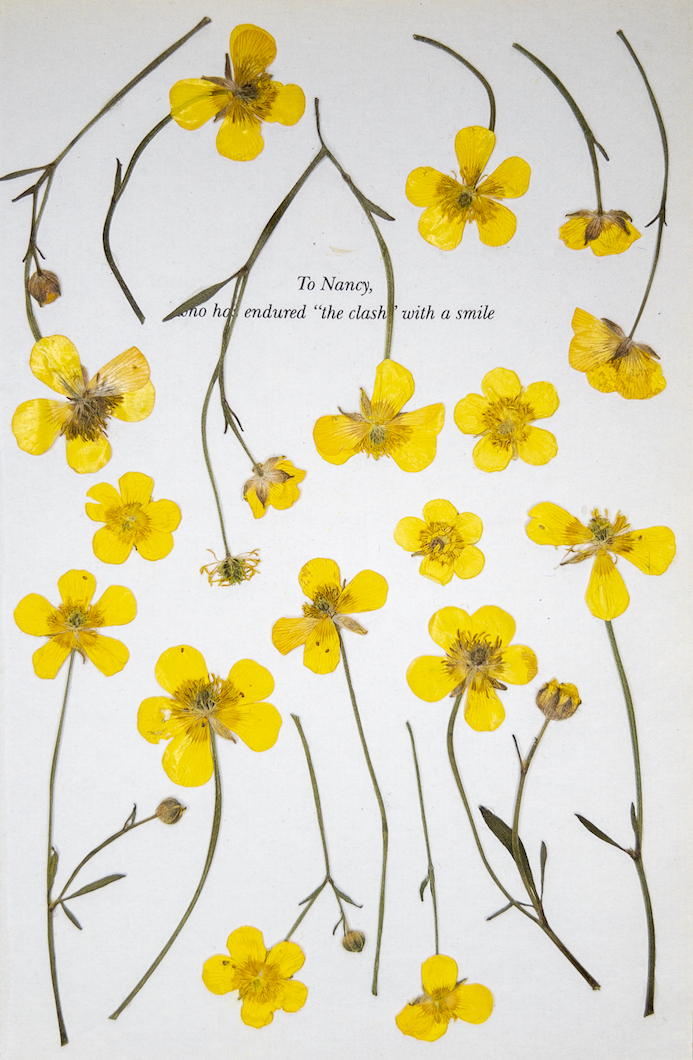
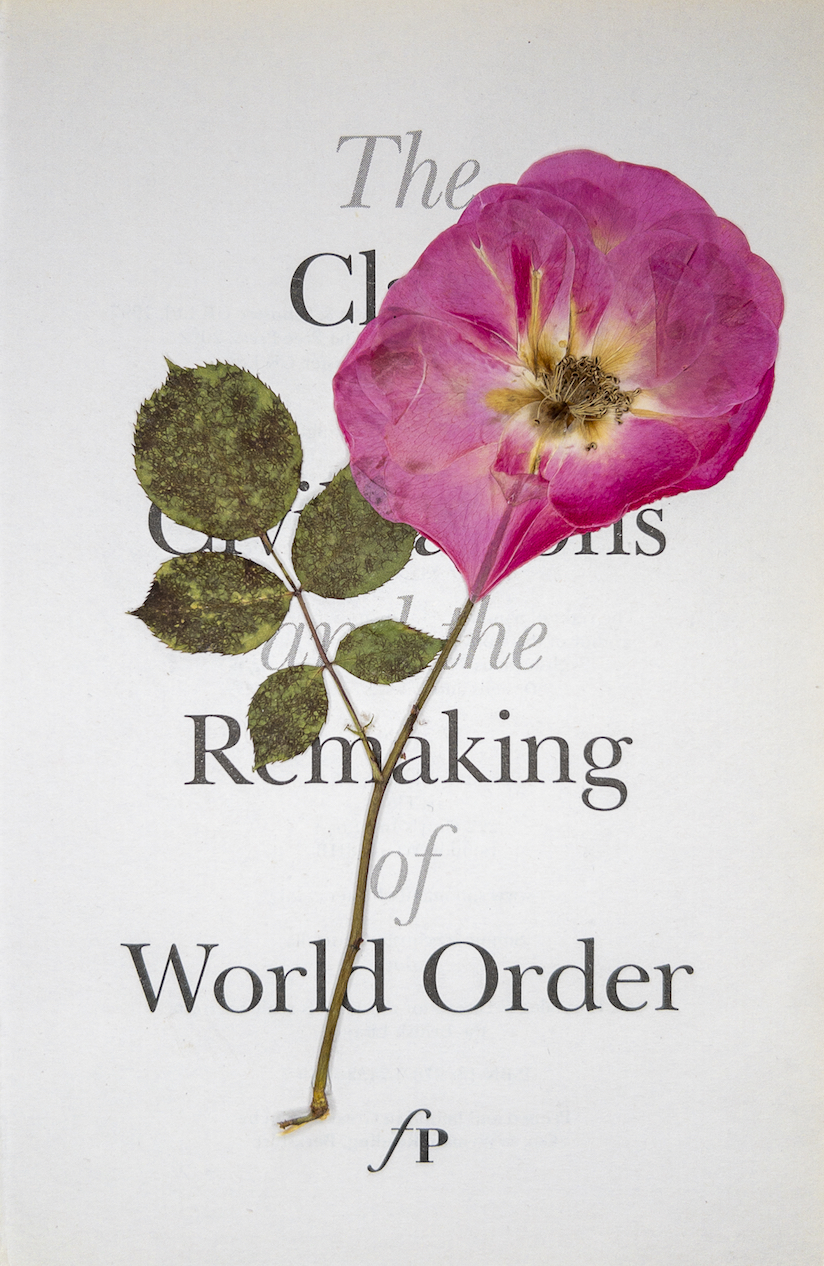
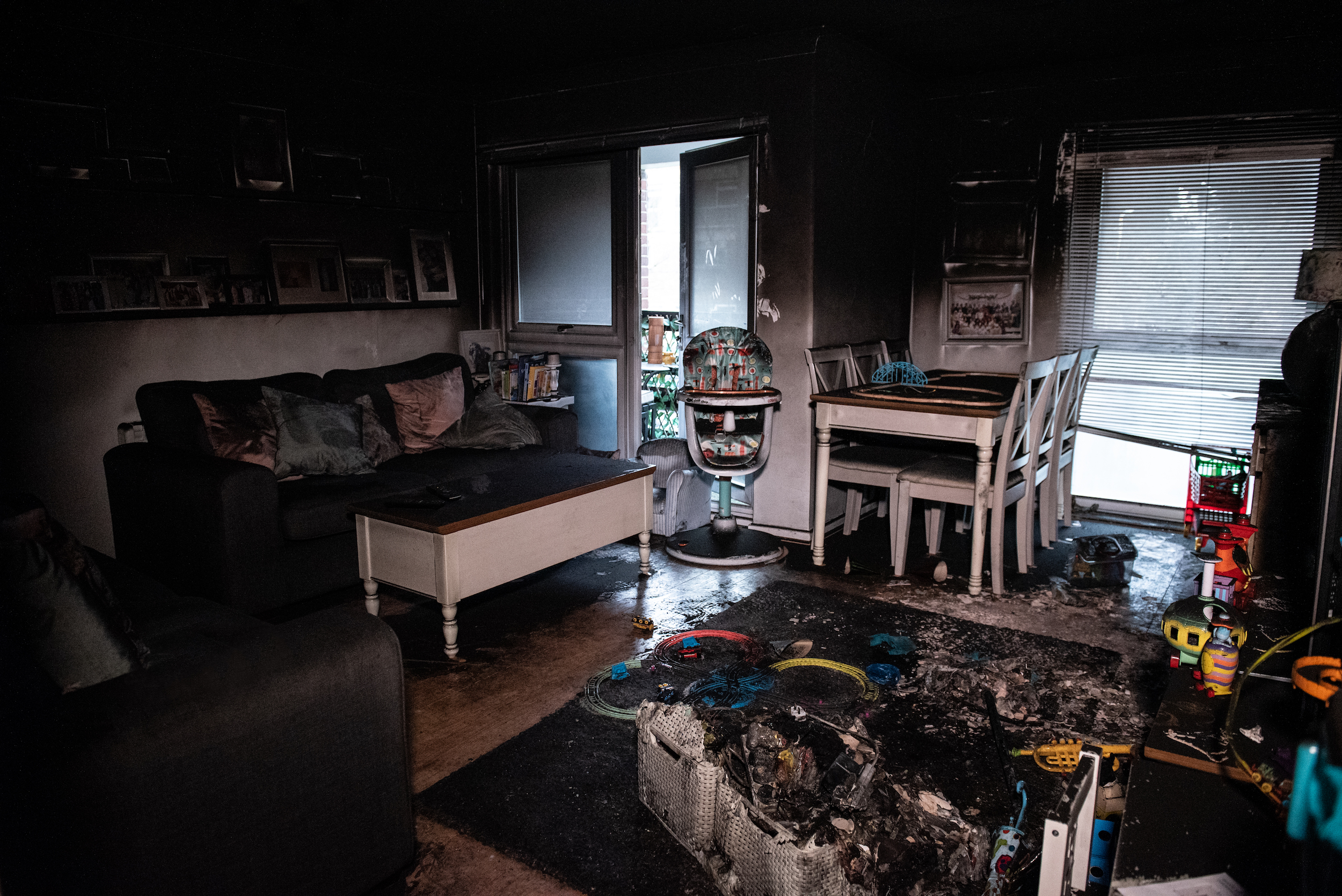
Khalique’s Lost in the Soot documents the seven days following a fire that decimated her home. Accompanied by the photographer’s scorched wedding dress and a block of melted plastic – the remnants of her young son’s toys – the pictures show daily life reduced to ashes. “The work is a journey through the mourning of lost possessions and the memories and intrinsic value we imbue them [with],” Khalique writes. “The monetary audit by the insurance company of my belongings raised the meaning of ‘value’. How is value replaced? How is memory preserved? How is loss accepted?”
Just as James’ work poses questions about the loss of a loved one, Khalique prompts us to consider the impact of losing a seemingly replaceable object. Both works encourage reflection on our emotional responses to grief – both as individuals and a collective – and, when combined with About Then’s other works, succeed in providing an opportunity for connection and healing.
